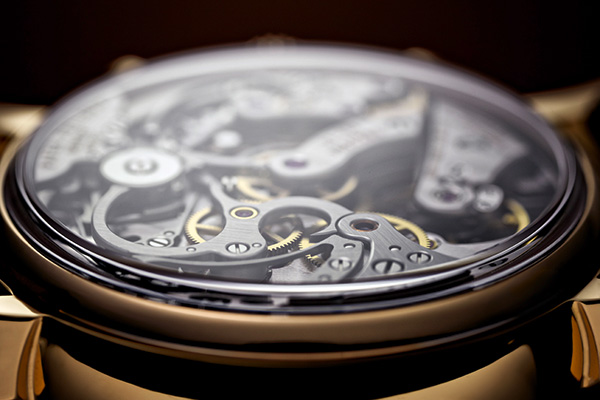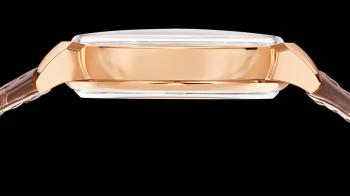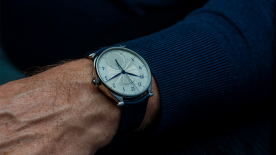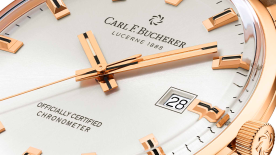When watch glasses were made out of plastic (usually plexiglas) or mineral glass (borosilicate, for example), it was a simple matter to create them in whatever shape was required. Nothing could be easier than to dome them, raise them up vertically, or add one or more curves or bevels. To create top-hat or concave profiles, softer materials could simply be carved or hot-moulded. Then, in the 1980s, sapphire crystal appeared on the scene, and over the following decade it became ubiquitous. Because sapphire is extremely hard, all these curves and contours had to go, because they were too expensive and complex to produce, given the inherent properties of this new type of glass. But the years went by, and things moved on, and shaped watch glasses, now often referred to as “glass boxes”, have once again become a desirable component – an essential one, even, in some cases.
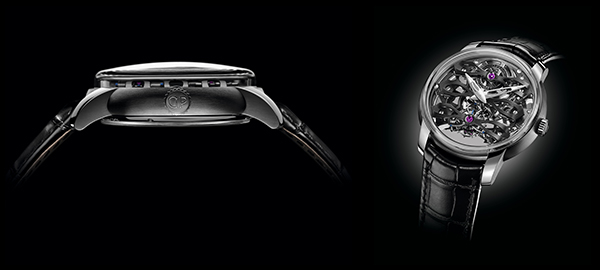
Once the public had experienced the joys of scratchproof glass, there was really no going back. Panerai made a few attempts, but they didn’t last long. Vintage styling, on the other hand, has continued to gain ground, influencing every detail of design. Top hat watch crystals were a strong design feature of the 1950s and 60s, particularly in diving watches, which is where they originated. Thick glass was an essential element if the watch was to withstand the pressure, but there was no way that thickness could be accommodated inside the watch. So, rather than the glass going underneath the bezel, and thus within the height of the case, watchmakers made it stand proud of the bezel.
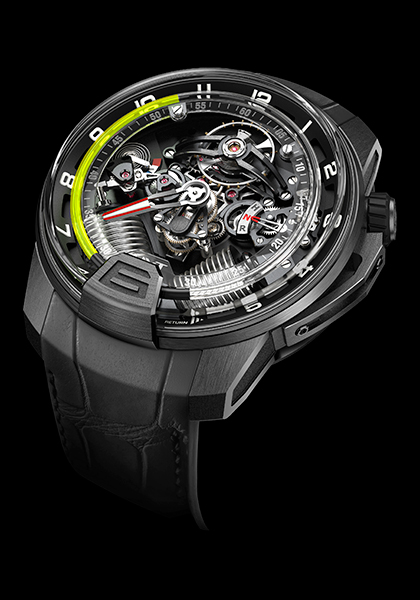
The technology for cutting, shaping and polishing sapphire has also continued to improve. If it’s possible to make entire watch cases from sapphire, with all their complex geometry, it follows that it must be possible to create a domed profile with a little collar around the base. The third factor is an important one: sensibilities have changed, and XXL watches are no longer in vogue, regardless of how many complications they might have. So a shaped crystal provides a practical solution to reducing the impression of bulk on the wrist. It helps to lower the height of the caseband, the central part that contains the movement, by allowing the functional components to remain outside. Thus, some of the watch’s internal organs can be accommodated within a transparent band that is less conspicuous and easier on the eye. Typically, this applies to the more imposing tourbillon cages and bridges, or very high hands. The exercise can even be repeated on the other side of the case, by absorbing excessive thickness at the back of the movement with another gently domed or stepped crystal.
